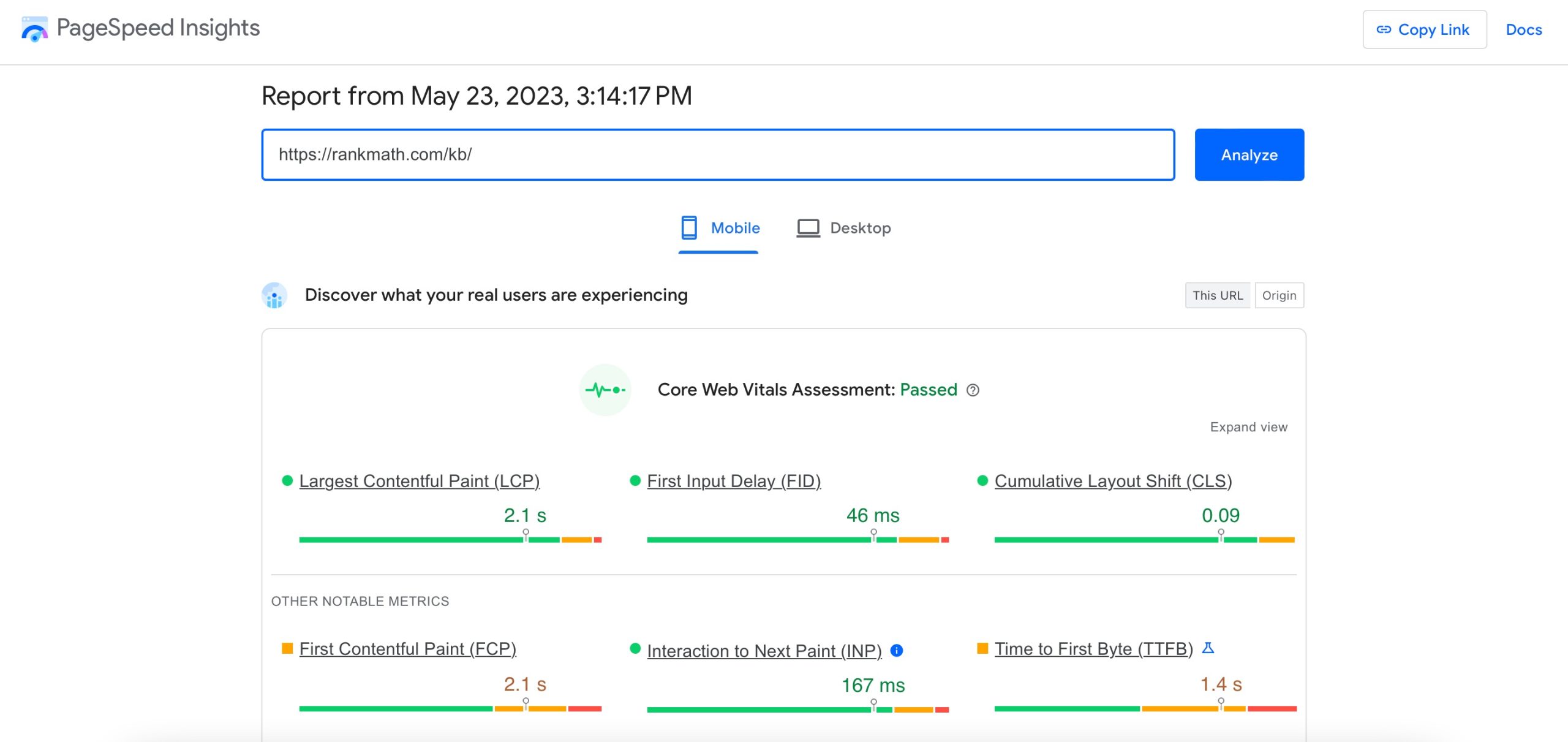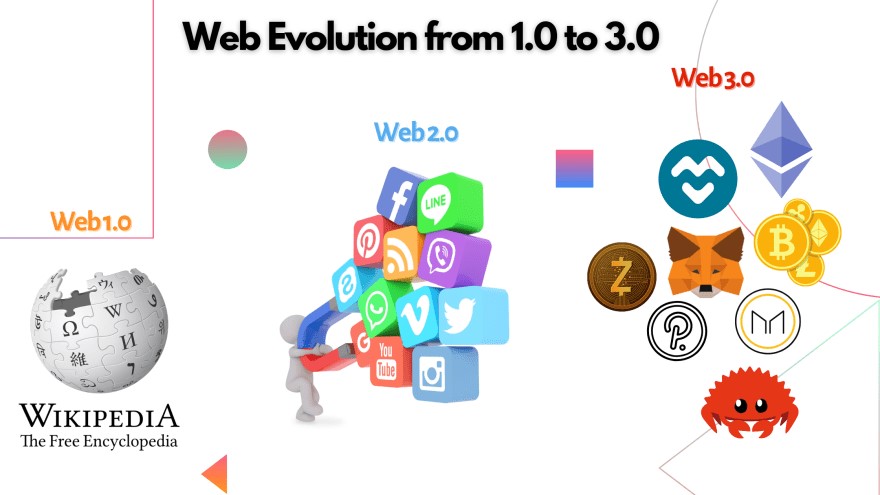In today’s digital age, smartphone photography has become an essential part of our lives. Whether it's capturing memories, documenting events, or sharing moments on social media, the quality of your phone's camera can make a significant difference. For many users, the stock camera app on their Android device may not deliver the results they desire. Fortunately, there's a powerful solution that can elevate your mobile photography experience without the need for new hardware: Google Camera (GCam) ports.
What Are GCam Ports?

GCam ports are modified versions of Google's Pixel Camera application, designed to work on non-Pixel Android devices. These ports bring the advanced computational photography features of Google's Pixel phones to a wide range of smartphones. By leveraging AI and machine learning, GCam ports enhance image processing, resulting in more detailed, natural, and vibrant photos.
Key Advantages of GCam Ports
- Superior HDR Processing: GCam ports excel in capturing more detail in both shadows and highlights, ensuring that your photos look balanced and true-to-life.
- Enhanced Night Photography: With improved low-light capabilities, you can take clear and detailed photos even in dark environments.
- Natural Color Reproduction: Unlike many stock apps that oversaturate colors, GCam ports provide more accurate and natural color tones.
- Improved Portrait Mode: The portrait mode in GCam ports offers more accurate edge detection and pleasing background blur, resulting in professional-looking portraits.
- Better Dynamic Range: GCam ports preserve details in challenging lighting conditions, making them ideal for various photography scenarios.
These improvements are especially noticeable on budget and mid-range phones where manufacturers often cut corners on camera software.
Understanding Google Camera (Pixel Camera)
Google Camera, now officially rebranded as Pixel Camera, is a proprietary camera application designed specifically for Pixel smartphones. It uses advanced computational photography to produce exceptional images. At its core, Pixel Camera captures multiple frames with each press of the shutter button, then analyzes and combines these frames to create a single image with remarkable detail, dynamic range, and clarity.
Key characteristics that set Pixel Camera apart include:
- Computational Photography: Utilizes AI and machine learning instead of just hardware.
- Multi-frame Processing: Combines several exposures for better results.
- Smart Image Enhancement: Optimizes photos based on scene recognition.
- Hardware-Software Integration: Specifically tuned for Pixel devices.
The app delivers outstanding HDR shots, portrait images with natural background blur, and industry-leading low-light photography through its Night Sight mode. The video capabilities are equally impressive, with advanced stabilization, high-resolution recording, and frame rate options.
While originally exclusive to Google’s Pixel lineup, talented developers have created modified versions (ports) that bring most of these features to other Android devices. Whether you have a Samsung, Xiaomi, or Vivo smartphone, you can now experience Google’s photography magic.
For devices that don’t support the Camera2 API, there’s GCam Go, a lighter version compatible with Android 8.0 and newer devices with less powerful hardware.
What Is a GCam Port?
A GCam Port is a modified version of Google’s Pixel Camera app adapted by third-party developers to work on non-Pixel Android devices. These ports bring Google’s advanced computational photography to a wide range of smartphones that wouldn’t otherwise have access to these features.
The story begins with Google creating their camera app exclusively for Pixel phones, optimizing it for specific hardware. However, talented developers in the Android community reverse-engineered the app and modified it to function on other devices, giving birth to what we now call “GCam Ports.”
These ports work by:
- Bypassing device-specific restrictions in the original app
- Modifying code to make features compatible with different hardware
- Adding customization options not available in the official version
- Creating device-specific configurations for optimal performance
Different GCam Ports are designed for specific chipsets and phone models. Snapdragon-powered devices typically have the best compatibility, though recent ports also work well on Exynos, MediaTek, and other processors.
The development community around Google camera mod is highly active, with several prominent developers creating their own versions with unique features and optimizations:
- Some focus on stability and wide device compatibility
- Others prioritize implementing the latest Pixel features
- Many include additional customization options beyond the original app
Think of GCam Ports as the community’s way of democratizing Google’s photography innovations, making them available to Android users regardless of their device brand.
For best results, you’ll want to find a port specifically optimized for your phone model or at least your processor type. The right port can transform your phone’s photography capabilities, bringing them much closer to Pixel-level quality.
Downloading the Latest Google Camera (GCam Port) APK
To get started, you'll need to download the latest version of the GCam port APK. Here are some key details about the current version:
- File Name: GCam APK
- Version: 9.6.19
- Requires Android: 14+
- Developer: BigKaka (AGC)
- Last Updated: 1 day ago
Note: We’ve updated BSG GCam to support SDK 36 (Android 16). For best results, please perform a clean installation: uninstall any previously installed version of the app before installing the latest APK.
Device-Specific GCam Versions
For optimal performance, we recommend using a GCam version specifically tailored to your phone model. We’ve created dedicated guides for all major brands:
- Samsung Phones
- OnePlus Phones
- Realme Phones
- Xiaomi, Poco, and All Other Phones
Each guide provides detailed instructions on how to install and configure the appropriate GCam port for your device.
Installation Guide
New to GCam? Follow our simple installation process:
- Download the appropriate APK for your device
- Enable “Install from Unknown Sources” in your security settings
- Install the APK like any other app
- Open GCam and grant necessary permissions
For a visual walkthrough, check our gcam installation tutorial.
Remember that not all features may work perfectly on every device. If you encounter any issues, visit our troubleshooting guide or ask for help in our Telegram community.
What’s New in GCam 9.6
The latest Pixel Camera 9.6 port brings several exciting features from Google’s flagship photography experience to your Android device. This update introduces significant improvements focused on expanding creative possibilities and enhancing image quality.
New Features in GCam 9.6
- Underwater Photography Mode: Capture vibrant aquatic images with your water-resistant phone.
- Enhanced Astrophotography Controls: Adjust settings for capturing stunning starscapes and celestial objects.
- Vertical Panorama Support: Capture tall buildings, waterfalls, or towering trees with ease.
- HEVC Video Encoding Improvements: Record longer, higher-quality videos without filling up your storage space quickly.
- Quick Access Controls: Adjust settings mid-shoot with intuitive controls.
These features maintain Google’s focus on computational photography while expanding the creative possibilities available to users.
Popular Google Camera Ports
The Android 15 update brought significant changes to the Pixel Camera app, and our dedicated community of developers has worked tirelessly to port these features to non-Pixel devices.
Each developer brings unique strengths to their GCam ports, optimizing for different devices and photography styles.
Notable Developers and Their Ports
- Arnova8G2: Known for stable ports with excellent device compatibility.
- BigKaka (AGC): Focuses on delivering exceptional HDR+, night mode, and video performance.
- BSG (MGC): Renowned for early implementation of new Google Camera features.
- Greatness: Specializes in advanced experimental ports with maximum control.
- Hasli (LMC): Maintains excellent LMC series with consistent updates.
- MWP: Specializes in Pixel-optimized ports with detailed lib patcher tools.
- Nikita: Known for NGCam builds with a clean user interface.
- Shamim (SGCam): Offers extensive customization through lib patcher and XML support.
Finding the right port for your specific device often comes down to testing different versions. Each developer optimizes for different hardware configurations and features, so we recommend trying several options to find your perfect match.
Why Is Google Camera So Popular?
Google Camera’s popularity stems from its ability to significantly enhance image and video quality through advanced software algorithms. Unlike typical smartphone camera apps, it leverages cutting-edge AI and computational photography techniques to produce results that rival even DSLR cameras in some aspects.
The app’s rise to fame began with the first Pixel smartphone. Despite having a single lens, it outperformed many multi-camera setups from competitors, thanks to Google’s superior software processing. This breakthrough established Google Camera as a leader in mobile photography.
With its continuous improvements and ability to extract exceptional detail and dynamic range from smartphone sensors, Google Camera remains at the forefront of mobile imaging technology, cementing its status as one of the best camera applications available.
Features of Pixel Camera
Google’s Pixel Camera stands out in the crowded smartphone photography space through its powerful combination of hardware integration and computational photography.
These features work together to deliver exceptional image quality across various shooting scenarios.
Key Features
- Pixel Visual/Neural Core: Dedicated image processing hardware that powers Google’s computational photography.
- HDR+ Enhanced: Captures 5-15 frames with each shot, intelligently combining them to create a single image with remarkable dynamic range.
- Dual Exposure Controls: Gives you unprecedented control over brightness and shadows in real-time before taking your shot.
- Portrait Mode: Uses machine learning to precisely identify subjects, creating a depth map that applies realistic bokeh effects.
- Motion Photos: Captures a few seconds of video before you press the shutter button.
- Top Shot: Captures multiple frames before and after you press the shutter.
- Video Stabilization: Combines optical and electronic techniques to produce remarkably steady footage.
- Smart Burst: Takes 10 photos per second when you long-press the shutter button.
- Super Res Zoom: Transforms digital zoom through computational photography.
Additional features include Google Lens, Night Sight, Photo Sphere, AR Stickers/Playground, and Astrophotography.
GCam vs. Stock Camera: Real-World Comparisons
The difference between your phone’s stock camera app and GCam can be dramatic. Based on extensive testing across multiple devices and user feedback from photography communities, here’s how GCam transforms mobile photography in real-world scenarios.
Real-World Examples
- Dynamic Range Enhancement: GCam preserves cloud details while maintaining ground visibility.
- Color Accuracy Revolution: GCam captures more accurate skin tones across different complexions.
- Low-Light Performance: GCam’s Night Sight mode produces bright, detailed images in dark conditions.
- Portrait Perfection: GCam’s portrait mode handles complex outlines with remarkable precision.
- Detail Preservation: GCam’s noise handling preserves fine details while still producing clean images.
While GCam generally outperforms stock apps, there are some considerations:
- Processing time is sometimes longer, especially in night mode.
- Some device-specific features may not be available in GCam ports.
- Very high megapixel sensors are typically limited to 12MP output in GCam.
For most users, these limitations are minor compared to the significant quality improvements GCam provides.
How to Choose the Right GCam Port for Your Device
Finding the perfect GCam port for your smartphone can seem overwhelming with so many versions available. This straightforward guide will help you select the most compatible and feature-rich option for your specific device.
Step-by-Step Guide
- Identify Your Phone’s Processor: Your processor type is the most critical factor in GCam compatibility.
- Verify Camera2 API Support: GCam requires Camera2 API to access advanced camera features.
- Match GCam Version to Your Android Version: Different GCam versions are optimized for specific Android versions.
- Choose the Best Developer for Your Device: Based on our testing and community feedback, certain developers excel with specific brands.
- Test and Adjust: Even with the right port, some configuration may be necessary.
Finding the right GCam port often involves some trial and error, but the photography improvements are well worth the effort.
User Testimonials and Case Studies
Real-world experiences tell the most compelling story about GCam’s impact on smartphone photography.
Mid-Range Samsung with GCam
Sarah K. from Mumbai shares her experience on XDA Forums with a Samsung Galaxy A54:
“I was disappointed with my phone’s camera until I installed BSG’s GCam port. The difference is night and day, especially in low light. Photos that were once grainy and dark are now clear and bright. Portrait mode actually works properly now, with accurate edge detection around my hair—something the stock camera struggled with.”
Her before/after comparisons posted in the Samsung A-series thread show dramatically improved dynamic range and color accuracy, particularly in challenging lighting conditions like sunset portraits and indoor gatherings.
Budget Xiaomi Transformation
Tech enthusiast Miguel C. tested various GCam ports on his Redmi Note 12, sharing results on the r/Xiaomi subreddit:
“The stock camera overprocesses everything, making photos look artificial with that typical ‘smartphone look.’ With BigKaka’s GCam port, I’m getting natural colors and much better detail preservation, especially in textures like fabric and foliage. Night mode is completely transformed—I can actually take usable photos in restaurants now!”
Miguel’s side-by-side comparisons received over 2,000 upvotes, revealing that while the stock camera produced more immediately eye-catching images, GCam delivered more natural, detailed results that looked better upon closer inspection.
OnePlus Camera Enhancement
Professional photographer Alex T. evaluated GCam on his OnePlus 11, documenting his findings on both DPReview forums and our Telegram community:
“As someone who shoots professionally, I was skeptical about GCam making a meaningful difference on a flagship phone. I was wrong. Arnova’s port preserves highlight details that the stock camera blows out, and the dynamic range is noticeably better. For serious photography, I still use my DSLR, but GCam has made my phone a much more capable backup.”
Alex particularly noted improvements in shadow detail and color accuracy, though he mentioned that the stock camera occasionally produced better results for specific scenarios like macro photography.
Google Pixel with Modded GCam
Even Pixel users find value in modded GCam versions. Pixel 7 owner Jamie L. reports in the r/GooglePixel subreddit:
“I installed MWP’s modded GCam to get more control over the camera on my Pixel 7. The stock app is excellent, but the mod gives me manual controls similar to a professional camera app while maintaining Google’s excellent processing. It’s the best of both worlds.”
Jamie’s post received numerous comments from other Pixel users who had similar experiences, appreciating the additional flexibility while retaining the core Pixel camera experience.
Long-Term Experience Report
Tech blogger Ravi S. has been using GCam ports across multiple devices since 2019, documenting his experiences on both his personal blog and XDA’s GCam discussion threads:
“I’ve installed GCam on every Android phone I’ve owned for the past six years. The improvement is consistent across brands, though the gap has narrowed on flagships. Budget and mid-range phones see the most dramatic improvement—often transforming an unusable camera into something that takes pleasant photos.”
Ravi’s detailed comparison photos have been referenced in multiple GCam discussions, showing consistent improvements across different device generations and price points.
These real user experiences, gathered from trusted photography and tech communities, confirm what our technical testing shows: GCam ports can significantly enhance your phone’s photography capabilities regardless of your device’s price point or brand.
While results vary by specific model and port version, the improvement is almost always noticeable and sometimes transformative.
FAQs
We’ve compiled answers to the most frequently asked questions about GCam based on user inquiries through our support channels, community forums, and comments section.
Common Questions
- Why does my GCam App keep stopping? This typically happens when your stock camera is set as the default app, conflicting with GCam. To fix this, enable Camera2 API on your device.
- Is Google Camera better than a Stock Camera? Yes, Google Camera outperforms stock cameras in HDR processing, portrait mode, night photography, slow-motion, and time-lapse videos.
- What are the advantages of GCam? GCam automatically enhances photo and video quality without external tools.
- What are the disadvantages of GCam App? While generally reliable, GCam may occasionally experience screen glitches, temporary lag, unresponsive shutter buttons, slow image processing to storage, and limited photobooth feature support.
- Is GCam APK safe to install on Android? Yes, GCam APK is safe to install when downloaded from reputable sources.
- Why do people use GCam? People use GCam to get superior photo quality on non-Pixel phones through advanced AI processing, better HDR, night mode, and portrait effects.
- Can I use multiple GCam versions on one device? Yes, you can install multiple GCam versions simultaneously by using ports with different package names.
- How do I access the full resolution of my camera sensor? Most GCam ports limit output to 12MP due to how Google’s image processing is designed.
- Will GCam drain my battery faster than stock camera? GCam’s advanced processing does require more computational power than most stock camera apps, which can lead to increased battery usage during extended photography sessions.
For more detailed answers to specific questions, visit our comprehensive GCam FAQs and Troubleshooting Tips page or join our active community on Telegram.
Conclusion
Google Camera ports represent a remarkable way to enhance your smartphone photography without buying new hardware. By bringing Google’s computational photography magic to a wide range of Android devices, these ports often transform mediocre cameras into impressive photographic tools.
We’ve explored how GCam improves dynamic range, color accuracy, low-light performance, and portrait photography across different devices. Finding the right port for your specific phone model is key to getting the best results.
The latest GCam 9.6 features like underwater photography, enhanced astrophotography, and vertical panoramas continue to push the boundaries of what’s possible with mobile photography.
Whether you own a budget device or a flagship phone, GCam can likely improve your photography experience. Our device-specific guides help you find the perfect version for your smartphone.
I hope you find a GCam port that works seamlessly with your device. If you have questions or encounter issues, our team is here to help—just leave a comment below.
Happy shooting!





